When people think of cosplay, they often picture a whirlwind of creativity and joy. Picturesque photoshoots in character, delightful meetups at conventions, and a whole community dedicated to bringing fictional characters to life. As a 25-year-old Nigerian-Canadian student diving headfirst into this vibrant world – fueled by my love for sci-fi and anime thanks to my diverse heritage – I thought I knew what I was getting into. Camera ready, supplies gathered, community embraced. While cosplay is undoubtedly a fantastic and imaginative outlet, there were aspects of the “dark side” that no amount of enthusiasm, or memes showing off epic character transformations, truly prepared me for.
Unspoken Social Hierarchies Within the Cosplay Community
Think of a sprawling metropolis – a convention center, that’s more like it. Thousands upon thousands of creators and enthusiasts gather to celebrate their shared love, often interchangeably mixing real-life events and virtual conventions alike. [Insert text around link below if needed] Cosplay, a vibrant canvas of fan creativity, can unfortunately mirror the pressures we face online and offline.
I distinctly remember my very first international convention. I spent weeks meticulously sewing a half-finished Star Trek captain’s uniform, fueled by visions of the final space adventure. When I debuted my creation, clapping and admiration filled the air – a rewarding end to hours of effort. What genuinely threw me off, in the most unnerving yet fascinating way, was the internal clock ticking – not just timing out on snacks, but an almost invisible, socially enforced timeline on the “coolness” or “correctness” of a cosplay. Calling it a badge of honor quickly fades into the background, replaced by an underlying competitive index that keeps you on edge.
A rigid hierarchy, orchestrating itself from the shadows, governs social validation within this creative realm: intricate tailoring trumps knitted looks; lore-accurate details recommended by dedicated fan wikis punchier, maybe slightly off-theme outfits simply can’t touch. You might be an artist of global fame, but a slightly intricate detail executed personally, perhaps using obscure buttons from Amazon.ca, catches the eye and generates a small, self-sustaining micro-community around that minutiae.
- The Voidtight Seal: It felt as if cosplayers were consciously stepping onto a stage called “coolness,” needing to perform technical dance moves then, intrinsically valued over others. This social pressure, born from widespread enthusiast knowledge and online obsessions, acts like a heavy stage light demanding specific calibration.
- Micro-Realities and Identity Jockeying: Even within the diversity celebrated in female-dominated franchises like Guardians of the Galaxy Vol 2 representation, attendees seemed to operate within nested micro-universes. Attaching genders or minor specific story interpretations to characters felt strangely sacramental, triggering reactions – sometimes joyous, often envious – needing careful management much like brand ambassadors accepted corporate communications guidelines.
- The Dark Fairy Godmother: Creators often see their work copied and passed on, gaining perhaps too much appreciation for others’ use of their esthetics. It felt like borrowing heirloom patterns only to claim them as your own next-level!
Gossip circuits, flavored with themes of authenticity’s forgotten virtues and presentable standards facilitated by fancy apps, might be as prevalent in cosplay clubs as schoolyard whispers, serving as an uninvited spotlight on your fan-craft. This unspoken social network, while fostering connection, practically curated its own rules of engagement – a challenging landscape even debated in fan sociology forums.
Creating Your Own Hurdles: More Than Just Fabric and Fabric Scissors
The anticipation building while sewing an intricate Iron Man mask. Choosing the right fabric. The final piece fitting perfectly. The moment of truth at the convention. Heart racing… until reality hits even harder than a sudden plot twist in Mission: Impossible Fallout.
The biggest surprise, coming out of left field, is the sheer weight of expectations weighing down even beginners. Newcomers often simply adore the idea of transforming into their favorite character with ease – grabbing crafting kits, tech gadgets like buzzers from the Amazon.ca corner, or even CNC-cut materials – failing to grasp the following unadvertised journey within the cosplay elite:
Fans with years of perfection albums share their work without once realizing they might appear intimidatingly superficial – “Check out this masterpiece!” they chirp, revealing a well-kept secret concerning the sheer volume and sometimes minimalist sketches feeding marketplaces for prop guns, elaborate cosplay toolkits, and themed video game purchases. A candid moment often reveals how much a character requires rapid immersion. Sometimes you need to run errands at your favorite electronics store chain or get something delivered, playing devil’s advocate too.
It’s not just the physical act of building, integrating layers upon layers of fabric and accessories that can take weeks, or perhaps even months – sometimes requiring travel to stores – a quest sometimes needing multiple trips for purchases. Forget single-ply wallpaper; elaborate costumes built with layers of soft foam, wireframes, or even small animal fur, as seen in popular video games, converge to form the type of barrier only depicted in imaginary live-action animation breakdowns.
The craft truly knows no boundaries, pushing into realms governed by the laws of thermodynamics (Is fireproof cosplay material even a thing?). A pressure cooker of expectations pushes innovation, anchors it firmly in reality.
- The Time Abyss: Becoming a respected cosplayer feels like climbing a never-ending staircase. Thorough research is often a must. Sourcing the perfect supplies can sometimes require quests similar to lean journeying, sometimes piggybacking on delivery services.
- Eyebrow Management as a Superpower: Human bodies are notoriously difficult props to work with. The inner seams must match general measurements, sometimes demanding intense weekly觇针 sessions that border on surgical precision. Friends will likely compliment the intricate detail of your character, unaware just how many layers of strategically chosen material vehicles even the most dynamic cosplay ideas.
- Resourcefulness Revisited: From managing moving parts in fantasy roles – sometimes involving scroll mechanisms for automatons in sci-fi settings – and purchasing potentially dangerous props that might meet international shipping complexities, you become an expert in creative problem-solving anywhere from small hardware stores to specialized artist supplier websites.
Then there’s the constant quest for more. Satisfied? Not yet. No contest (virtual or otherwise) can reveal how resourceful you can truly be. The next audio-convention winning cosplay is always just one late night away, a journey far more exhausting than dreaming about a Fight Club-esque desire for peace.
Identity and Authenticity Beyond the Costume Cap
The buzz of excitement is palpable. Pulling a unique custom piece from your cabinet, or unboxing something delivered to your door from an online retailer, ready to become a majestic warrior queen or a complex catgirl character. Suddenly, the narrative submerges you in personal identity systems, sometimes requiring you to research regional variations not just within the media but also see beyond the surface.
Switching on the camera, striking a pose – a cathartic moment until societal expectations settle in, often unconsciously. Specific roles, sometimes nudging you towards iterations exclusive to rival universes, dictate dress codes both light and heavy. Jumping into a fandom known primarily for certain character archetypes can feel limiting, narrowing the types of identities you’re allowed to explore, even when playing a part. Trying to infuse modern sensibilities, or even international perspectives from your Nigerian-Canadian background, into classic characters sparked truly fascinating internal dialogues, sometimes appearing too fresh, an anachronistic future truly forbidden by the storyline.
Think of big anime conventions, packed to the gills with cosplayers awaiting their close-up moments – just like the quest for the ultimate coveted role in global cinema narratives. Attempts to break from franchise stereotypes or infuse personal cultural elements can easily be viewed as deviations from the norm, misunderstood as disrespectful gestures, perhaps even triggering unwarranted criticism from some influential enthusiasts. Navigating this web became, professionally speaking, challenging. Much like online identification processes or roleplay platforms demanding absolute adherence to specific gender norms, real convention space identity requires careful calibration.
Moreover, physical attributes like hair color and facial features rarely align perfectly, making convincing transformations impossible without the help of store-bought basic makeup collections or significant digital alteration. This adds another layer to the pressure we face to conform, demanding near-perfect results for a seamless experience. The temptation to use potentially misleading filters, or rely on carefully curated digital representation for photoshoots, grew with each convention experience.
The power to dress freely for part-play often comes with the twist that some interpretations might be flirtatious or inappropriate for certain audiences if not clearly delineated in advance. Yet, there’s a persistent human tendency to infer, to assume the worst rather than the best. A subtle shift from “It’s just a costume” to “Maybe this intends something entirely different than what I see.” This interpretation gap forces careful navigation, adding another level of exhaustion to the cosplay journey. It felt less like embracing freedom and more like walking on a social minefield.
Ironically, this quest for identity through fantasy roles sometimes surfaces in day-to-day life stories, or social comparison on meticulously crafted performer profiles online, wearable art with history built into them. The journey involves building your own persona alongside your character – a tricky balancing act when mimicking roles potentially tied to shows or movies known for intricate internal lore.
The Taboo Talk: A Serious Look at Bodily Functions
You spend weeks perfecting the texture of your character’s shoulder pads, fretting endlessly over the angles and folds in the exact right lights. You meticulously iron seams on a garment requiring careful machine washing. You apply perfect makeup that matches photoshoot requirements. Finally, you step out into the shower where your cosplay gear rests, folds carefully placed for maximum drying efficiency, like a forgotten handbag at the gym.
That’s when reality slams your enthusiasm like a bad boss dream. Who exactly conceptualized these elaborate costumes, and who gets the shipping deals for these specialized acts of tailoring? Beyond intricate design and clever sourcing, like snap fasteners stabilizing armor pieces or printing cultural symbols [link to symbols if applicable] onto fabric parts, there’s often an element of “business as usual”.
The practical side, the boring bits often left unmentioned in the world of passionate fandom, hit hard. Storing bulky creations in tight spaces at home or stuffing them in questionable manner into storage boxes, takes real dedication. Securing drivers’ licenses, returns, and figuring out laundry schedules isn’t just for everyday life – it’s relevant for cosplay too, seriously. The logistical headaches of cleaning – especially costumes detailed with glue, paint, sequins, or scented cosmetics that could potentially react badly on wear – are anything but minor.
There’s a strange dance between transformation (sometimes involving acting classes or movement training, but might also mean being prepared to dress at a moment’s notice) and the need for thorough decontamination whenever the costume leaves controlled environments. Even simple items found online, like varying types of fashion footwears or accessories imported from overseas suppliers, carry their own hidden maintenance requirements.
Plus, getting things done while enduring potentially harsh weather during photo sessions or outdoor filming introductions, thinking about delivery delays or the need for quick appliance modification using generic tools, is an adventure requiring uncommon resolve, even heroic effort in some reference books. When budget allows, the sheer wealth of craft supplies available online triggers temptation to acquire – brush varnishes, metallic paints, sound editing software, plumbing components repurposed for prop emphasis, or a wide range of tools from online marketplaces, especially international options – generating a pitfall involving the need for specific certifications or safety ratings. It’s a constant balancing act between creation and responsibility.
From my anime convention days, knowing I needed a full kit fast required jumping through legal hoops and understanding international shipping/ import tax complexities sometimes better left to businesses, added another layer to wanting to simply enjoy the creative thrill.
Finding the Fluorescent Future: Strategies for Survival and Joy
They say the biggest barrier to chasing your dreams is knowing where to begin, right? For me, it was exactly the opposite. The world of fantasy embodiment offered so many doors, so many character concepts to dive into – ghost hunting adventures meeting comic book universe traversal, futuristic cyberpunk narratives meeting mythical adventures – yet finding the local entry point felt like searching for a haystack needle.
A mentor on an online platform pointed out a simple solution: don’t wait for permission, look for gaps you could fill with your unique spin. Think about fanfiction worlds or international media portals where different cultural interpretations of the roles already exist, potentially offering inspiration for original creations. You don’t need a hand puppet to conquer space; you just need a one-hour tutorial on YouTube (or perhaps inputting specific maker requests on a crafting app), deciding how to piece together parts.
It’s about shopping smart. A cosplay toolkit or a set of props can be surprisingly budget-friendly these days, especially with the promise of discounts via grocery deals or planned delivery discounts if you stock up at online stores before a big event. Something as seemingly complex as Buccaneer’s Booty Quest armor might become less intimidating if broken down using a practical framework, step-by-step tutorials, maybe even weighed against buying essential initial pieces rather than everything all at once.
Drawing boundaries for yourself isn’t fake modesty, it’s common sense. Just like digital creators, partners, or actors using social media accounts to outline character definitions, cosplayers need to clearly communicate when they’re playing a part – protecting everyone from potential content misunderstandings.
A call to empower fellow enthusiasts! These aren’t huge caveats deterring you from your creative endeavors, but rather practical insights to fuel your journey. Think of them as red carpets guiding you through potential pitfalls without restricting your star-birth potential.
The Dark Side, Unmasked: Why This Matters & What We Can Do
For a creative endeavor so often associated with liberation and self-expression, there’s a counter-narrative that deserves attention. The community’s hidden pressures and practical hurdles can inadvertently discourage new talent and stifle genuine creativity in its early stages. The fierce competition, coupled with hidden social expectations, doesn’t just dampen enthusiasm – it actively questions the spontaneous, joyful core of cosplay’s appeal.
But here’s the thing: when you embrace cosplay, focusing on the joy and connection, rather than the internal drama or inventory problems, you access a different frequency. Consistent community dialogue can put an end to perpetuating non-inclusive vibes, creating a safer way for everyone to participate effectively without feeling judged by every single passerby or Instagram post. Anchoring development to core principles of community well-being can help design better experiences, like identifying safe environments or caregiver support systems at physical conventions. Perhaps playing out different roles, like a princess or a warrior, could be paired with archetypes focused on everyday virtues as discussed, promoting better-balanced visibility.
It’s this disruption of established limitations that fuels cosplay’s continued success. Like any evolving community, it needs reflection and adaptation. By moving beyond the surface to examine the underlying social and emotional rules, cosplayers can reclaim the freedom this form of expression offers, turning challenges into stepping stones for greater universal understanding, celebrating unity across all fandoms.
Fellow Dreamers, Ready for Your Transformation?
This journey into the less-charted territories of cosplay revealed the thrilling highs, the complex interactions, and yes, the unforeseen shadows within the space. It’s all about understanding the individual impact of these surprising challenges through constructive feedback loops – think of it like navigating complex character backstories or ensuring your prop weapons are child-safe as dictated by ethical standards.
Here’s a quick checklist of my top tips, born from direct encounters and learned the hard way, to ensure your cosplay escapades channel maximum wonder and minimal regret:
| Challenge | Action Steps |
|---|---|
| Social Expectation & Hierarchy | Create personal boundaries; seek genuine connections; celebrate your own unique style. |
| Time & Resource Drain | Start small; plan maintenance; explore affordable crafting tools and DIY techniques. |
| Identity Boundaries | Set clear intentions (role-play vs. self), respect character lore, contribute positively. |
| Physical & Cleaning Hurdles | Investigate proper materials; prepare cleaning schedules; perhaps use reputable cleaning services. |
Continue making cool characters without a hitch by knowing these roadblocks exist. It doesn’t mean throwing in the fabric-clad chains without a fight, but being proactive, fostering constructive conversations – the ones that resonate even across digital personas.
As the lights dim at the virtual convention hall, recall this: cosplay isn’t just about the transformation; it’s about how we learn to navigate the subtle currents, grow through the challenges, and ultimately see ourselves reflected in the stories we love. It’s my hope this alternative take serves as your beacon, navigating this world safely as we demand quality, creativity, and positive role models that empower every fan. Share your own unspoken struggles here, become part of our family: join our community at iNthacity, or explore the latest headlines and engaging discussions relevant to your city – [Include relevant links to specific city content based on hypothetical context earlier].
What’s the most surprising cosplay hurdle you’ve encountered? How do *you* overcome the intimidating parts online world presents? Share your experiences and brilliant solutions below!
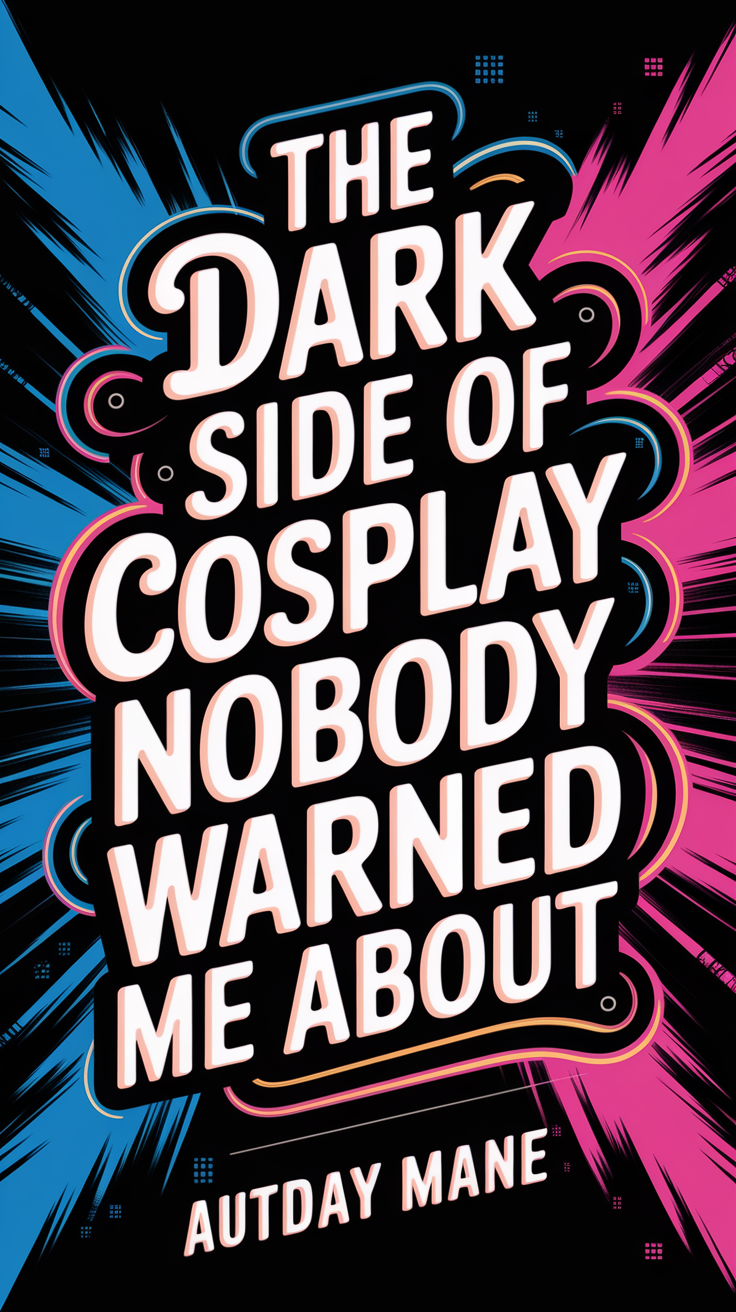
Disclaimer: This article may contain affiliate links. If you click on these links and make a purchase, we may receive a commission at no additional cost to you. Our recommendations and reviews are always independent and objective, aiming to provide you with the best information and resources.
Exclusive Stories, Photos, Art & Offers - Subscribe Today!
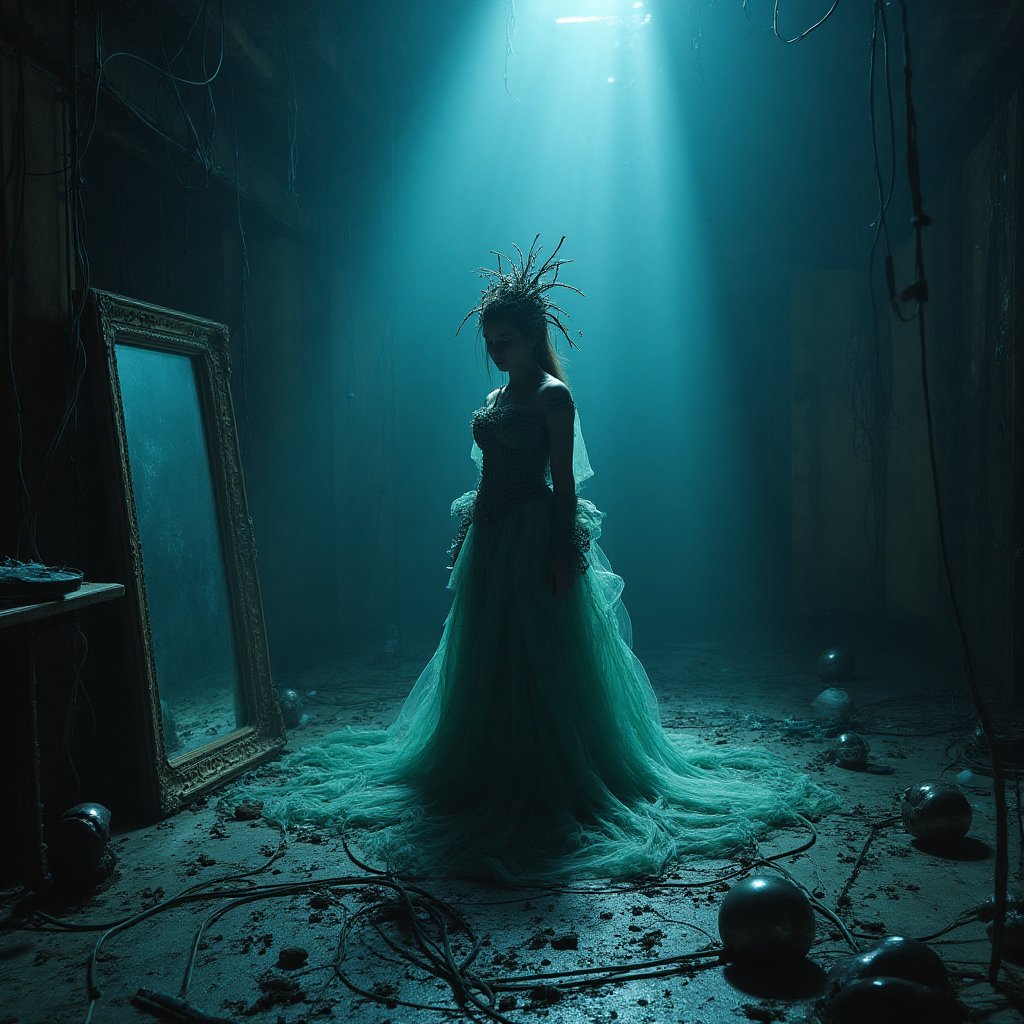




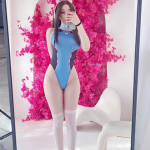
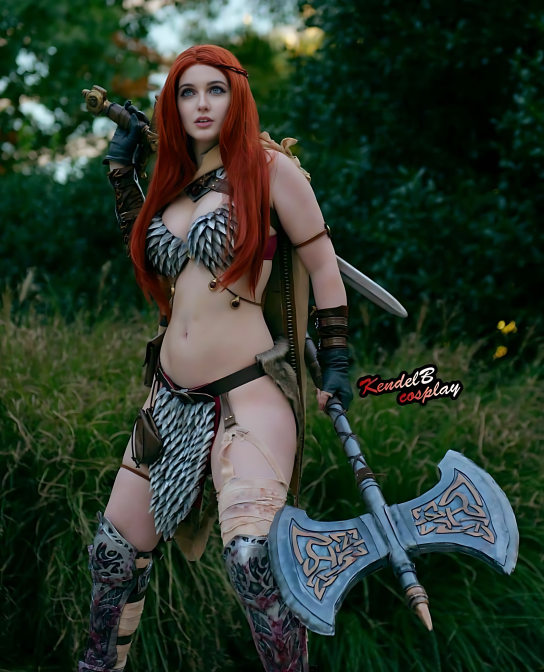
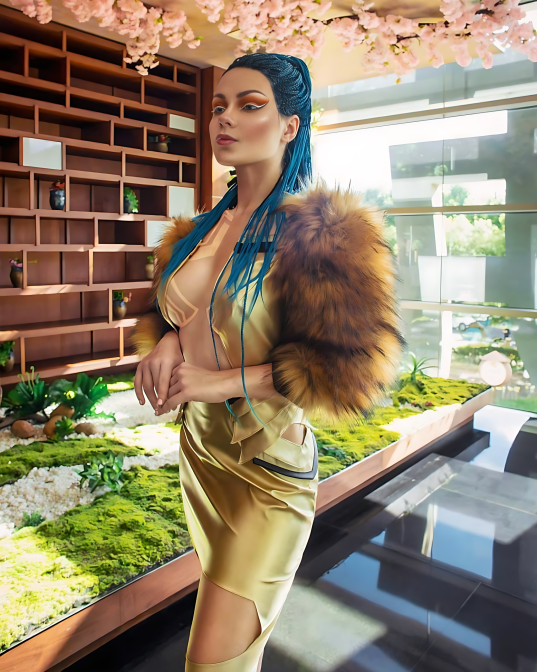

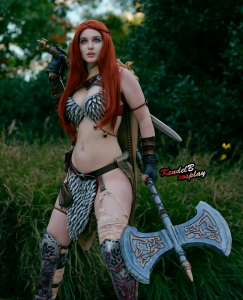
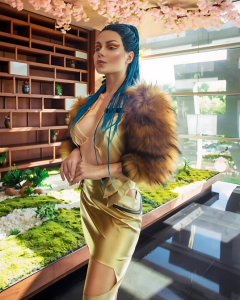








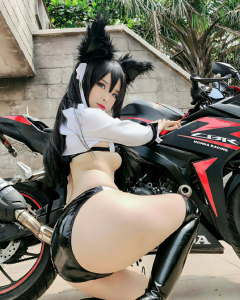
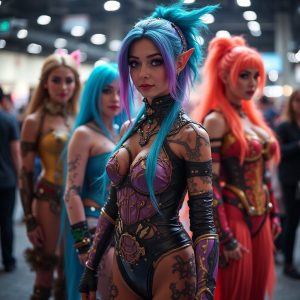
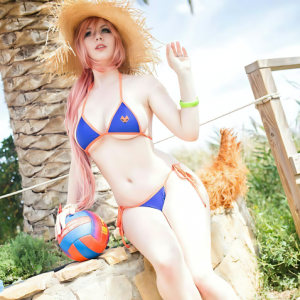
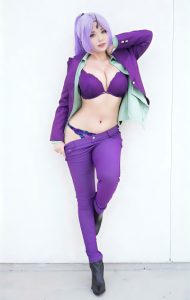









Post Comment